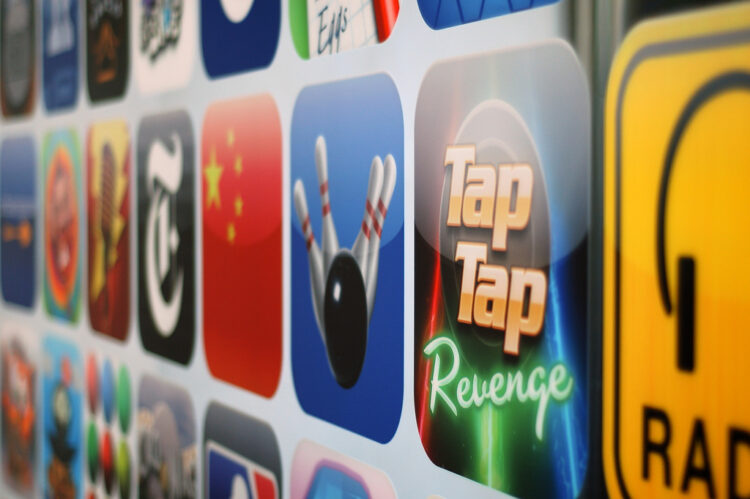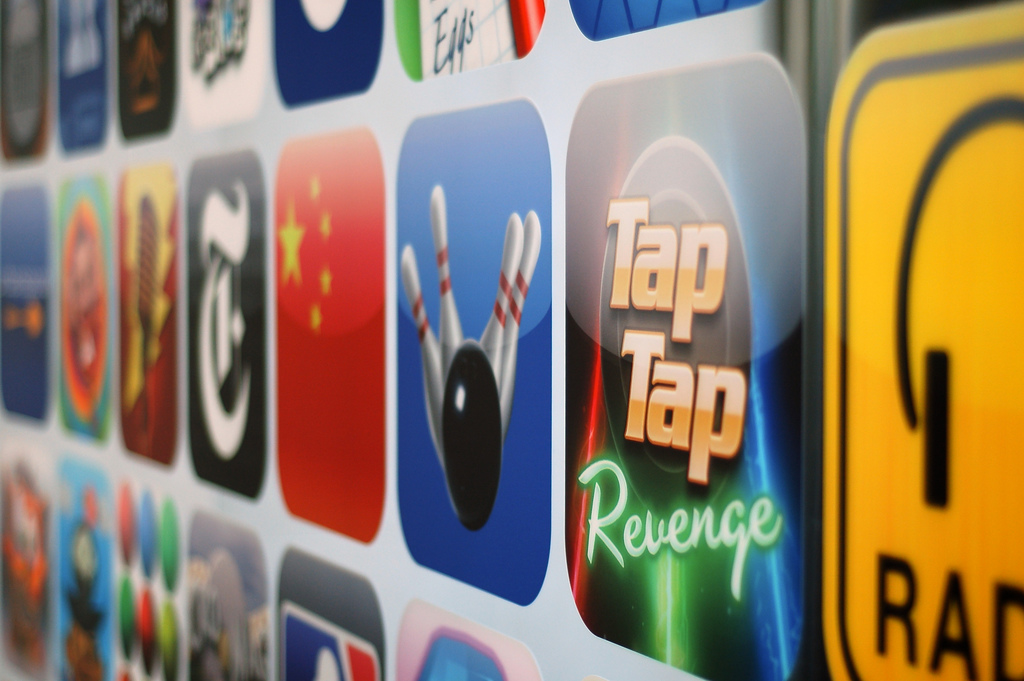As the old saying goes, “Good artists copy; great artists steal.” For mobile development, that couldn’t be more true.
In app development, major advances don’t typically come out of nowhere. More often, small waves of subtle evolution pave the way for bigger breakthroughs as each developer builds on top of what the last one created. This copycat style of innovation leads to better products as a whole, but it does make it hard to differentiate between dozens of products that perform basically the same function. Innovation is fleeting as competitors quickly incorporate the best ideas into their own apps.
To stand out in a crowded marketplace, developers must outdo their competitors with a seamless user experience and a steady flow of new features.
What’s Hot Today
Although they’ve been around since the dawn of texting, emojis and emoticons have taken a big leap in the app market this year. From Facebook Messenger and Twitter to chat applications like LINE, users love to express themselves in ways beyond words. They especially love topical images, like Twitter’s “Star Wars” emojis that were released this year to hype the December release of the franchise’s latest movie. In mobile tech, the Apple Watch made a point of showing users the animated emoticons they could send one another, again demonstrating how new features and a friendly UX make mobile solutions stand out from the crowd.
Users love to have their personalized content come to them, which explains the success of services like Timehop. Through Timehop, users see what they were doing at different points in the past on Facebook, Twitter, Foursquare, and Instagram without having to go digging through old posts. It’s both a prompt for nostalgia and a seamless integration of services in one package, letting people read through posts and conversations in a streamlined, digestible manner.
Consolidation isn’t limited to the past, though. Apps like Flipboard and Apple News made a huge splash by bringing personalized news and current events to users, like a magazine tailored specifically to each person’s tastes. Not everyone likes the same thing, but everyone likes more than one thing, and these apps found a way to bring each person his or her desired content in a clean, visually pleasing package.
Looking to the Future
All of these advancements show “appreneurs” that even if their great idea has already been developed, there’s no end to the creative possibilities they can provide.
So what if another developer already made a photo-sharing app, a newsreader, or a personalized makeup tip generator? Consumers always want a new way to enjoy what they already have. Even when their interests remain the same, people are always willing to engage those interests in different ways.
So how can you get ahead of the curve and make the next innovation your own? Easy — just be a consumer!
- Leave the familiar. Don’t just stick to the industry of your product; look outside to see what people in other industries do. Tap into everything from games to dating to utilities to see what experiences and technologies in those sectors are gaining steam. Sometimes, an old idea applied to a new field is more effective than reinventing the wheel.
- Never stop innovating. If your last idea stole the crown from the previous ruler of your market sector, don’t stop to celebrate. It can just as easily steal it right back if you don’t continue to improve. Staying static means losing your fast-moving audience, so keep looking for ways to expand.
- Listen to consumers. People who use your technology know what they like about it, but more importantly, they know what’s missing and what doesn’t work. You might have had the original idea, but you won’t have all the answers for your product’s entire lifecycle. Don’t be too proud to listen to others’ ideas.
The app space is changing rapidly, and 2016 promises to continue that expansion. One thing always stays the same, though: No matter what has already been done, there’s always another great idea just waiting to be discovered.
Image credit: CC by Cristiano Betta




